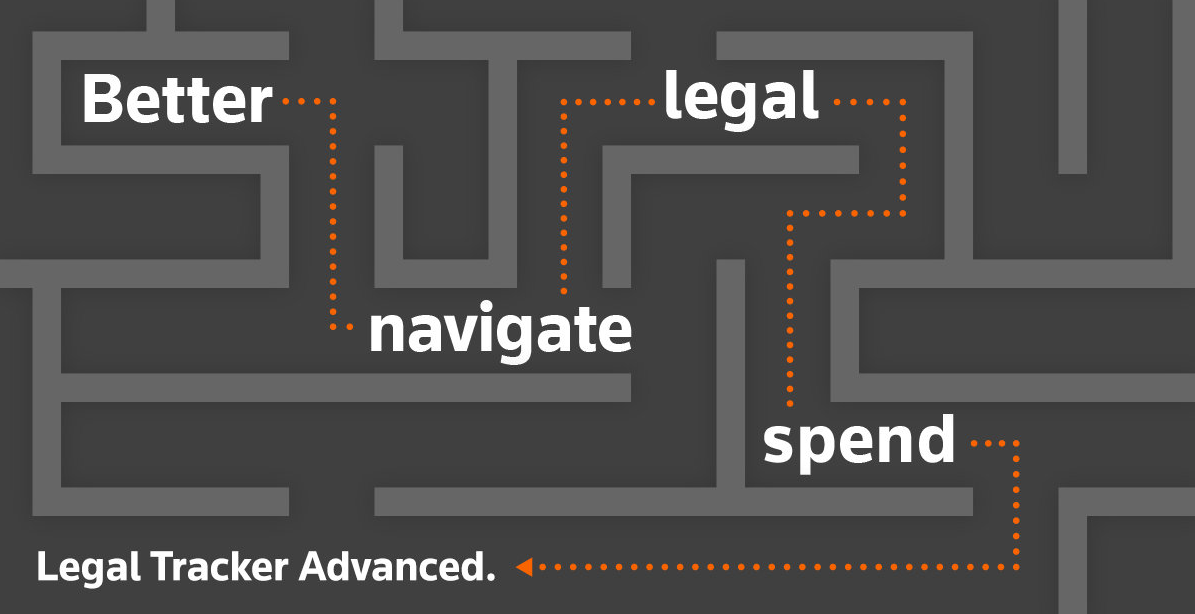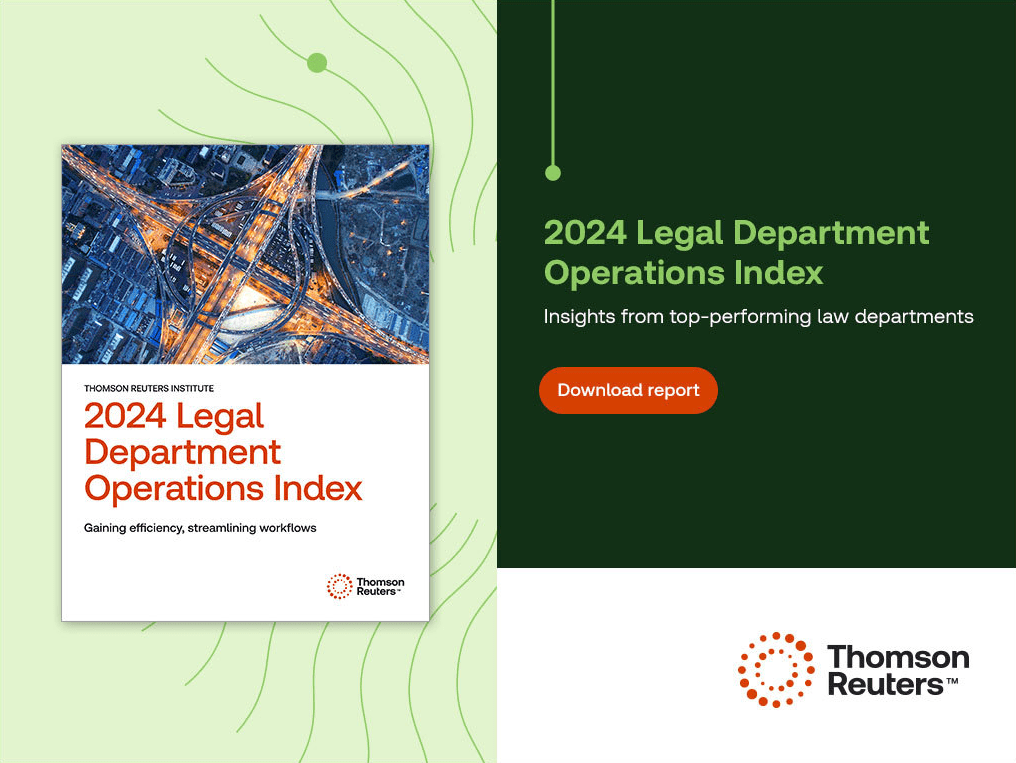Comparison may be the thief of Joy, but for resource-strapped corporate legal teams it can be a lifesaver. We’re talking about benchmarking and how it can help your legal department right-size your costs and workloads and tell a great story to the rest of the organization.
Highlights:
|
Jump to ↓
| Benchmarking in the corporate legal department |
| First collect your own data |
| Then set up your benchmarks – where’s the data? |
| Why benchmark spend |
| Better benchmarking starts with better data |
| Legal Tracker Advanced |
Benchmarking in the corporate legal department
Benchmarking is the practice of comparing your own performance to that of your peers or to your own past performance. It is relatively new for in-house legal teams. Historically, it was unnecessary to compare your spending data to benchmark against their peers. The business wasn’t asking for clear metrics on how the team spent money on outside counsel or department success metrics.
Legal teams are now having to fight for their budgets and headcount at the same time workloads are going up. Legal teams want to get out of the “do more with less” cycle and show the true business impact they deliver. Protecting resources, managing workload and elevating the position of the legal team requires a more strategic approach to metrics and using data to make business decisions.
 |
First collect your own data
Step one is to collect your own data. This is something that legal teams have become more sophisticated with as they adopt e-billing, spend management, and matter management systems. Some key metrics legal teams benchmark include:
- Proportion of revenue spent on legal, benchmarked against industry and geography
- Total spend by law firm
- Total spend by matter type
- Internal to external spend ratio
- Headcount by company size
- Time saved through automation
- Number of risks mapped compared to the number of critical incidents
- Prevalence of risk awareness and compliance training across business
- Once you have your baseline numbers, it’s time to find benchmarks to compare it to.
Then set up your benchmarks – where’s the data?
There’s a reason legal teams haven’t tracked and communicated deep metrics benchmarked against industry standards in the past. This data can be hard to get, both from your own systems or from your peer organizations.
Legal companies and associations often provide reports that you can use for some comparisons, particularly with data companies are comfortable sharing publicly. The State of the Corporate Law Department and Legal Department Operations Index are two such reports from Thomson Reuters.
For some metrics, you’ll have to rely on your own historical data as a reference point. You can start with compiling your current state metrics and then set goals for improvement over time.
For benchmarks related to outside counsel spend, you can use your spend management system. Choose a system that provides market data on spend metrics like total spend by law firm or by matter spend. That way you can see your own data and how you compare to legal departments in similar size companies.
 |
Why benchmark spend
It’s impossible to determine if your team is performing to the industry standard if you don’t know the industry standard. Without benchmarking data, you can’t know if you could be doing better.
Your colleagues in the business won’t know, either. You could tell them you secured a lower rate for outside legal work, and their first question may very well be, “Is that good?”
Some of the benefits of using industry and internal benchmarks include the following:
- Make more accurate assessments of fees and strengthen your bargaining position
- Keep your spending aligned with a changing market. AFAs and alternative legal service providers (ALSPs) are in the mix with a range of law firms. Find out how similar organizations are assigning work to identify opportunities to calibrate your own assignments
- Identify best practices within your team or in other legal departments
- Know if you’re improving against your own historical performance to calibrate training or change management needs in the team.
Better benchmarking starts with better data
Corporate legal teams that are interested in using benchmarks more effectively can start by considering which metrics beg the question, “Is that good?” or leave leaders wondering if they’ve gotten the best deal. Find areas where you need help setting realistic expectations for performance improvements and seek benchmarks in those areas.
Technology can help you in this work, particularly when it comes to spend management benchmarks. Legal Tracker Advanced, for instance, provides detailed benchmarks on your peer companies’ legal spend. You can use those benchmarks to improve your terms with outside counsel and demonstrate to the business that the legal department is an efficient steward of company resources.
Legal Tracker Advanced
One set of benchmarks that has become easier to get is spend management data. That’s because a cornerstone of spend management systems like Legal Tracker Advanced is providing aggregated data on the billing and invoicing practices of law firms of all sizes along with the payment practices of their corporate clients.
Legal Tracker Advanced holds the world’s largest source of data for performance benchmarking and the most comprehensive history and dataset relating to legal spend. Legal teams use it to measure performance, review spend and budget, and compare their data to the highest-performing legal departments. You can also use it to compare matter level staffing and pricing proposals against market data for best firm selection using its RFP module.
Legal Tracker Advanced has the world’s largest source of data for performance benchmarking. It can help you step up your use of data.
 |











